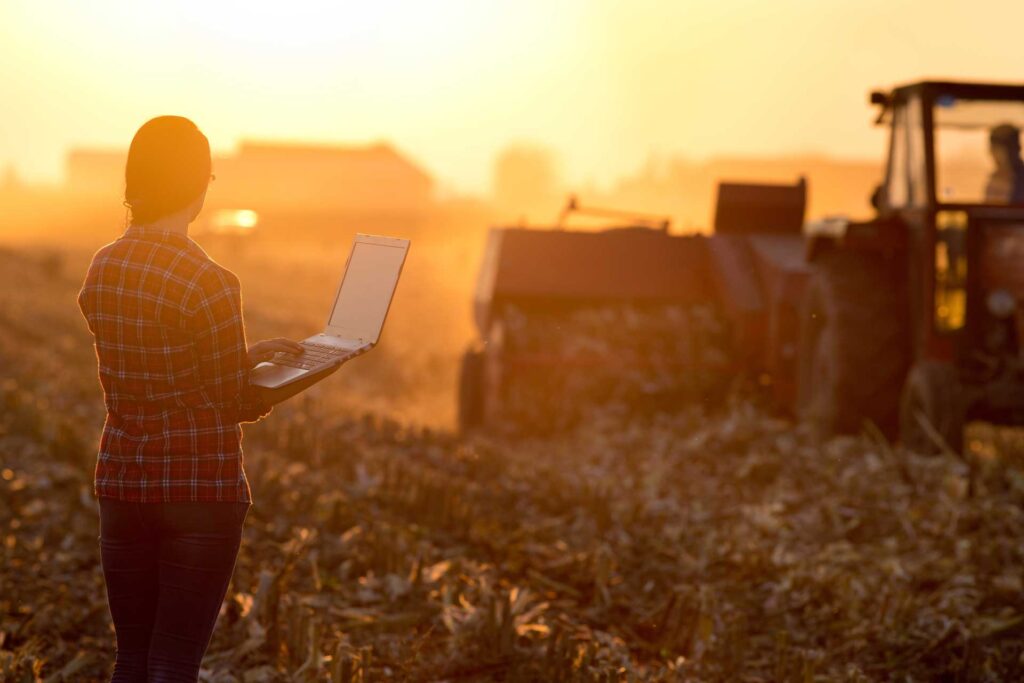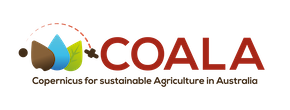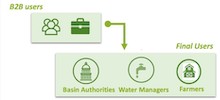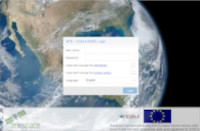- About us
- Project
- Publications
-
Deliverables

D6.4 – Promotional material
December 31, 2020DeliverablesThe aim of the communication materials is to publicise the COALA Project among potential users. This Deliverab...

D6.2: Communication and Disseminati...
December 31, 2020DeliverablesThis Deliverable is an update of the first version of the Communication and Dissemination Plan.

D4.1: Baseline Description of Pilot...
September 30, 2020DeliverablesThis Deliverable describes the pilot experiments of COALA Project. Participatory evaluation of the COALA servi...
- Media Room
-
News

COALA Project: A Success St...
August 20, 2023Blog, Evidenziato, News, Press ReleaseThe COALA Project, a European Union funded project involving a collaborative initiative between the European U...

Workshop on COALA business model
December 19, 2020News
Plenary meeting November 23, 24 and...
December 1, 2020NewsThe plenary meeting of COALA Project has been held on 23rd, 24th and 30 November 2020

Webinar: Governance of Water Scarci...
November 17, 2020NewsThanks to Copernicus data, Europe and Australia launch a new challenge to improve the management of water and ...
- Blog
- Resources
-
- November 8, 2022
- UNSW
- Blog
- No Comments
The Future of AgTech with Graciela Metternicht

The Future of AgTech with Graciela Metternicht
It is important for the future of sustainability and the planet that we keep pushing the limits of Earth Observation technologies in support of landscape productivity. Continuing the conversation with Professor Graciela Metternicht, we discuss the potential of AgTech in supporting both farming and environmental sustainability.

“The potential [of AgTech] is mind blowing, there are as many applications as you can think of!” Metternicht is enthusiastic about the potential of the industry. “As I always say to many of my students doing the remote sensing courses: it’s not only about knowing what the sensor can do for us. It’s the object, the characteristics of the object, that many times guide your creativity or, the thinking on how much can be detected from, say a satellite. But then if I complement that with field-based observations, as the group at the University of Melbourne is doing for the COALA project by putting on-the-ground sensors that produce data, which coupled with the ones from the satellite feed into established models of say water needs for crop growth, all of a sudden, we have an advanced product.”
But technology will not stand alone to resolve user’s needs; the conversations needs to be interdisciplinary. The technology that we use forms a much larger part of a bigger picture. It’s only one element used to support and inform the farmers, not to take over other ways they already have in place for decision making, but to collaborate with. Metternicht explains this balance; “It’s essential that for whatever you develop, as we have seen through COALA, validation and calibration of the products in undertaken. Making sure to explain what the products can be used for because remote sensing is not designed to replace, but instead can complement what a farmer or the irrigator is doing in terms of technological applications for managing their farms. And this is how I understand COALA has been used in Italy and Spain, as a tool that helps or that guides the decision-making process. But at the end of the day, the central piece of the decision is the farmer, the practitioner or the agronomy advisor or the water irrigator. And they will use services and products of COALA as that one extra piece of information, but it’s not the only piece. And that’s what we always say to people is not that you can have only that as an element for your decision. But it can be an element that adds up very good facts that you need to make a good decision.”

These advances in technology and forging strong international relations are not always without fault
“I think the limitations with this project, as with many other projects is time; we have only three years of research funded.” Metternicht explains the challenges of developing projects that have complex AgTech components. “We have not enough time to follow the journey of uptake and adoption of new products or services. This is not only of COALA; is research in general. And this is what we as researchers struggle sometimes when the time for translation of the research findings into practice is short; we have a short timeframe to demonstrate that there has been innovation that there has been uptake; but demonstrating those things takes more than the usual 3-years of research grants. There might be some early adopters that can become our champions, as we say in COALA. But for a community wide adoption, you need more time, perhaps two or three times more time than the 3 years we have been allocated for this project.
So I think the main challenge here in that regard will be that we can find partners, commercial partners that see the value in our initial results, and that are prepared to take the risk and to become themselves adopters and promoters of the products and services. That is a challenge.”
Environmental management and agricultural management are not mutually exclusive
A large part of the conservation paradigm focusses on keeping industry and agriculture away from environmentally protected areas. Metternicht discusses the relationship between environmental management and agricultural management.
“I think we need to embrace this new view that is being adopted globally and is beginning to be embraced in many areas in Australia, that’s understanding that is not people versus nature. It’s people and nature and the farming community, and what we speak now about it is conservation landscapes and production landscapes. Before, we perhaps were thinking more on the conservation or the production landscapes. These days more is about integration and multi-functional landscapes. Because, while we aspire to make many areas protected, we also need to understand that there are issues related to food security for the future, there are issues related to work, changing climate, there are issues related to livelihoods. With good land use planning the multiple demands on the landscape can be dealt with in a manner that is sustainable for us and for future generations.”

Environmental science and Agricultural sciences are not mutually exclusive, there is often a balance between the two. COALA’s communication work package works hard to support this balance. Farmers are integral to amalgamating the relationship between conservation and agriculture. COALA provides remote sensing-based products and services to help manage this balance and foster the connection and integration of environmental protection and agricultural success.
Metternicht explains; “Many farmers, landholders have been working so long and they are very good stewards. So, what they need sometimes is to be introduced to the right products to the right tools, to the right services and to the right advice. So, for me it’s not conservation only, I believe that landscape conservation and production can work hand in hand and that will lead us to a sustainable future, to sustainable farming. Or as some people are saying: farming together encompasses all the concepts of not only looking after the environment by fencing things out, but you look after the environment by education and communication and getting stakeholders and landowners along with you in the journey. And they become then the adopters of whatever sustainable management practices that you are promoting. It’s not an imposition, it’s an adoption, when people can see that the benefits are not only environmental. If you pre-empt and you are aware of the cost of the technology for a product or service, if you can, perhaps predict and tell a farmer how long it will take to see the benefits, then that is what is called an alternative way to let them understand that might not be a short term benefit but a long term benefit, it will pay off for them and for their children.”


















